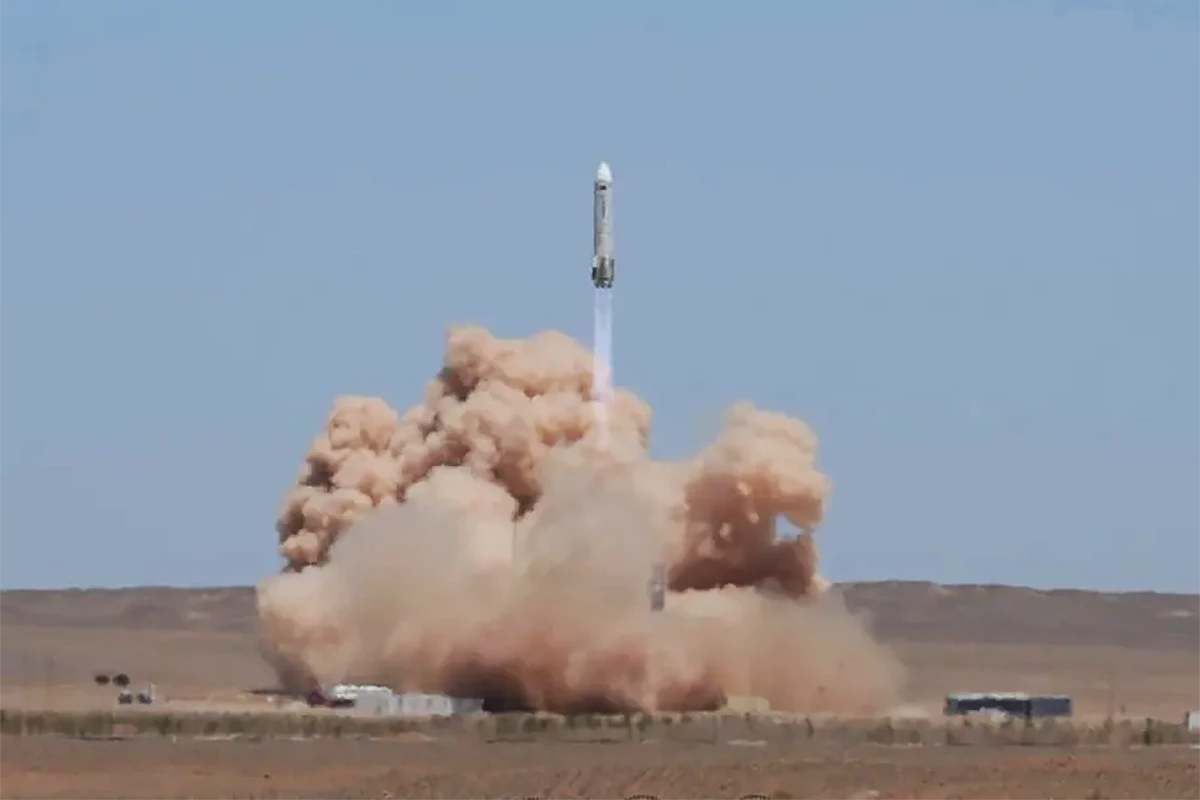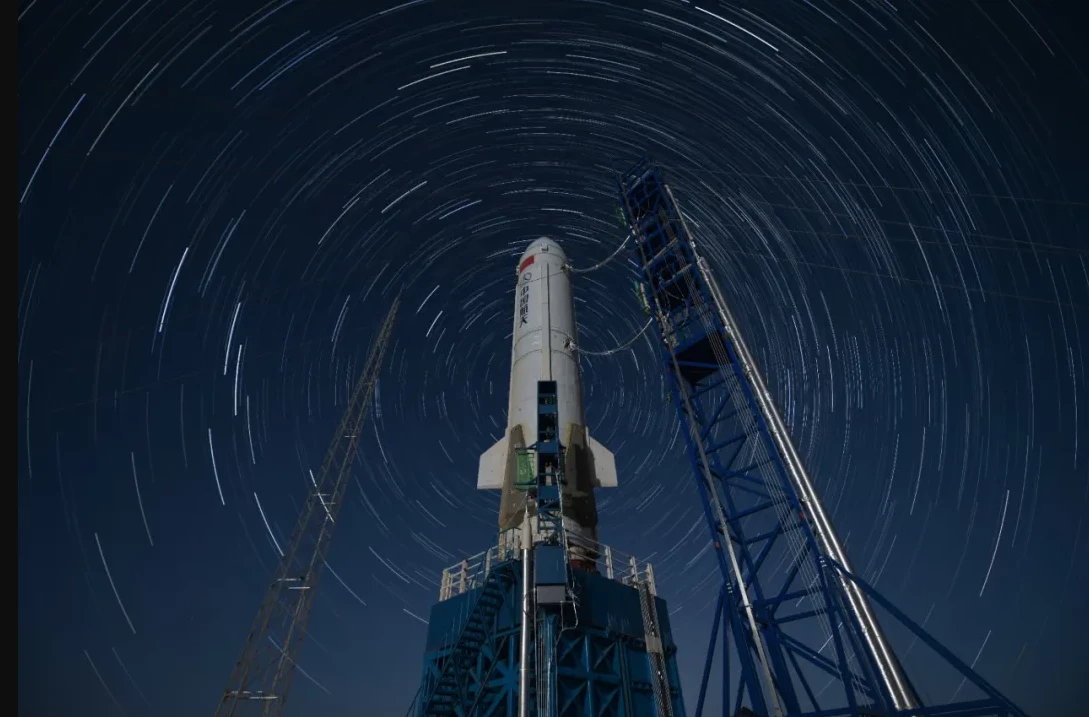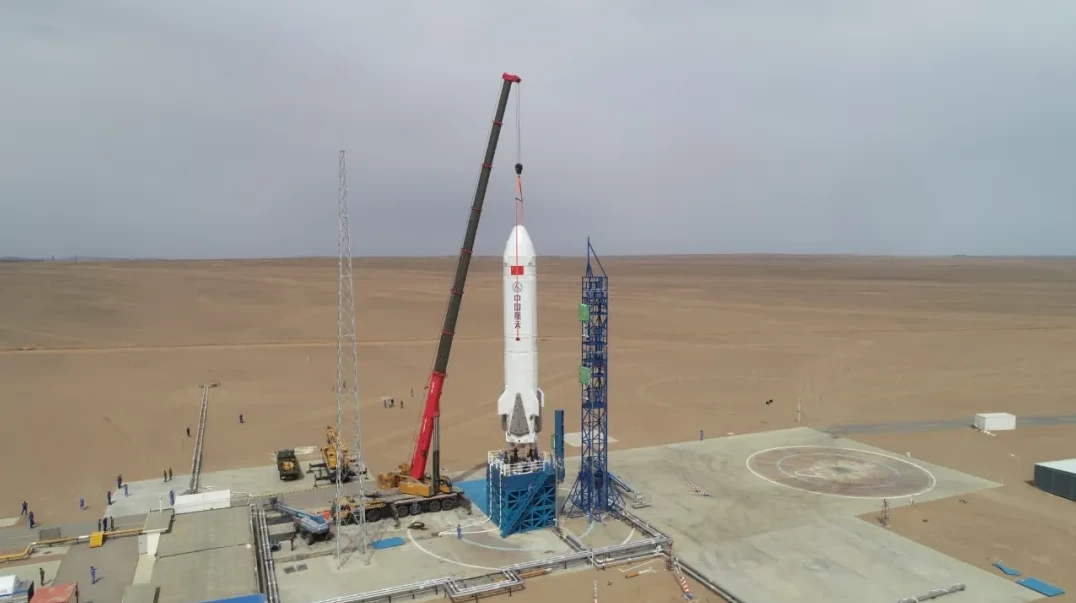Playing catch-up with the likes of SpaceX, China has announced the successful test flight and landing of a reusable rocket. On June 23, 2024, the liquid-fueled launcher rose to a height of 7.5 miles (12 km) from the Jiuquan Satellite Launch Center.
Vertical landing rockets have been around since the Apollo days, but it's only in the last decade that companies like SpaceX and Blue Origin have turned them into a game changer. By recovering a booster intact instead of crashing into the ocean, a very large part of launch costs can be saved. It also allows for economies of scale to be introduced through the ability to expand an existing rocket fleet as well as developing revenue-generating communication services based on gigantic satellite constellations.
Because SpaceX has focused on pouring profits from launch services back into development, the economic impact of increasingly large reusable rockets has still not been fully felt. Some financial analysts have said that if the company were to concentrate on launches, its current cost of about US$1,000/kg would drop much further.
Since China is a major player in the launch business and has ambitions to become the dominant space power later this century, developing reusable rockets is an obvious move. There's also some urgency because of China's current economic difficulties and the need to establish a reusable rocket presence in both the heavy and small payload fields before the competition gets too far ahead.
The latest rocket was developed and built by the Eighth Academy of the China Aerospace Science and Technology Corporation (CASC) as a technology demonstrator for later, larger vehicles. Measuring 12 ft (3.8 m) in diameter, the rocket uses three variable-thrust liquid oxygen/methane engines and has four folded landing legs with a special shock absorber system.
According to CASC, this was the first flight of China's largest-scale vertical take-off and landing rocket as well as the first high-altitude test of a domestically built variable-thrust methane engine. The six-minute flight was claimed to be problem-free as it went through lift off, acceleration, controlled descent, and landing.
The next step will be to fly a larger reusable rocket in 2025 with the goal of reaching an altitude of 43 miles (70 km).









